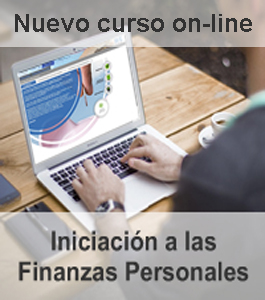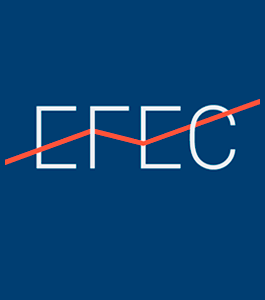Is Financial Education The Cure For Credit Card Debt?
por Nick Clements
The financial situation of the average American is grim. In a recent survey, 56.3% of people admitted to having less than $1,000 combined in their checking and savings account. The average household has $15,355 of credit card debt at an interest rate of 13.70%. More than half the country is living paycheck to paycheck. Since the Great Recession of 2008, more than 5 million people have lost their homes to foreclosure.
One common response from policymakers is to increase financial literacy training. According to the standard hypothesis, if people were armed with better information, they would have never taken out mortgages they couldn’t afford. In the most recent budget submitted to Congress, another $30 million was dedicated to financial literacy training.
But does it work? Unfortunately, recent data shows the limitations of financial literacy education. Getting people motivated to live financially healthier lives depends as much upon psychology and community as it does on classroom education.
Getting people to focus on generating wealth, rather than surviving the month, is the ultimate goal of financial literacy training. But who does this well? In this post, I will share:
Research that shows the limitations of traditional financial literacy training
A recent success story that impressed me and should challenge all of us to re-think how we can motivate people to live financially healthier lives. Tiffany Aliche, otherwise known as the “Budgetnista,” launched the “Live Richer Challenge” and has helped 75,000 participants change behaviors and start building wealth.
Si quieres seguir leyendo el artículo, accede a:
(…) Lee el artículo completo en Forbes -www.forbes.com-


